Effective Techniques for Removing Labels and Sticker Residue
Removing stubborn price tags or jar labels can often be a hassle. Below, we outline four effective methods for eliminating labels and sticker residue without damaging your items, along with tips specific to various surfaces (glass, metal, etc.). These techniques are suitable for both removing labels from our products at OnlineLabels.com and for tackling labels from store-bought items. Each method will require some scraping with a reliable safety scraper, which is where Scraperite comes in.
Always test your chosen removal method on a small, inconspicuous area first to assess any potential reactions between the removal solution and your item.
If you have clean jars ready for labeling, consider getting professional-quality labels custom printed by us!
Here are four recommended methods for safely removing labels without harming your object:
Method 1: Nail Polish Remover and Rubbing Alcohol- Apply a generous amount of nail polish remover to a cotton ball, cloth, or paper towel.
- Place the cloth on the label and allow it to soak in.
- Begin to peel the label off, using a Scraperite to eliminate any leftover residue, then wipe the area clean with a damp cloth.
- Fill a sink or container with warm-to-hot water and mix in a scoop of OxiClean® or dish detergent for added strength.
- Submerge the item and allow it to soak. Stronger adhesives may require longer soaking times—overnight may be necessary for tough labels.
- Once ready, peel one corner of the label, which should come off easily. Use a Scraperite to scrape away any remaining residue and wipe clean with a cloth or sponge.
For labels on empty bottles, filling the bottle with warm water can be beneficial.
Method 3: Hair Dryer- Use a hair dryer set on warm, applying heat to the label in 1-minute intervals. The heat will loosen the adhesive.
- Continue moving the hair dryer across the label until it peels off completely.
- After removal, use a Scraperite to scrape off any residue and wipe the area clean with a cloth or sponge.
- Warm white vinegar in the microwave or on the stovetop, ensuring it doesn't boil.
- Submerge your item in the warm vinegar if it fits, or soak a cloth in vinegar and drape it over the label.
- Allow the vinegar to penetrate the label for 15-30 minutes.
- Remove the item and peel one corner of the label; the rest should come off easily. Use a Scraperite to remove any leftover adhesive and clean with a cloth or sponge.
- Use label removal sprays such as Goo Gone for stubborn residues.
- Spray a generous amount on the label, then place a cloth or paper towel over it. Let it sit for 15-30 minutes to soak in.
- Remove the cloth and begin peeling the label from the corners. Use a Scraperite to eliminate any remaining residue and wipe clean with a cloth or sponge.
Glass is a common surface for labels. The most straightforward method for removing labels from glass is soaking the item in plain water; no dish soap is required. This technique works especially well for wine, beer, and water bottles, as well as food jars.
Metal and TinFor textured or shiny metal surfaces, soaking the label with a wet rag will yield the best results. Secure the damp cloth over the label and let it sit until the adhesive weakens.
PlasticLabels tend to adhere strongly to plastic, requiring more robust removal methods. Nail polish remover, rubbing alcohol, vinegar, or a hair dryer are effective choices, as they break down the adhesive for easier removal. Common plastic items include food jars, storage containers, household goods, and children's toys.
CeramicPaper labels are commonly used on ceramic items, which can tear easily, leaving behind sticky residues. Using vinegar is effective for removing both the entire label and any leftover adhesive on mugs, plates, and other ceramics.
PorcelainSimilar to ceramics, porcelain items often feature paper labels. These labels may peel off initially but can tear into small pieces. The vinegar method is effective for removing any remaining adhesive, ensuring a clean surface.
When you subscribe to the blog, we will send you an e-mail when there are new updates on the site so you wouldn't miss them.
Scraperite is a multi purpose scraping tool that utilizes replaceable plastic razor blades trusted for over 20 years by professionals and consumers. Common uses include sticker removal, cleaning, boat and auto care.

Scraperite Plastic Razor Blade Uses
Our Plastic Razor Blades have a variety of uses for professionals and consumers.

Distributor Opportunities
Join the Scraperite distribution network and secure a protected territory.
Scraperite launches pay-per-view for your video!
Registration opens today with first video uploads accepted for review May 10, 2022. This limited time first offer is open to a maximum of 10 approved videos, with active participants earning up to $100 each. Not bad for a 2 minute video shot on your phone. Simply grab your phone or have a friend shoot a video of Scraperite in action and upload it. Make sure the holder and blade components are used together showing how you're using Scraperite, on the job or around the house. Showing new ways of using Scraperite plastic scrapers helps others think of use case which may not yet be shown. These types of uncommon or unusual use videos usually tend to go to the top of the list and get the most views.

What They Say About Our Products
Here are the opinions of some youtubers, who have tested our products, showing how to use Scraperite plastic blades and sharing their experience with their followers.






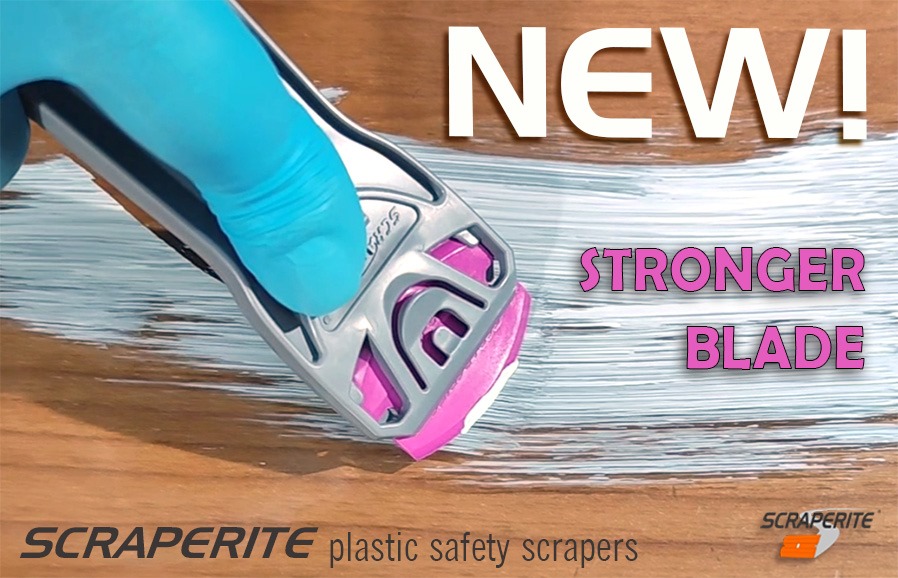

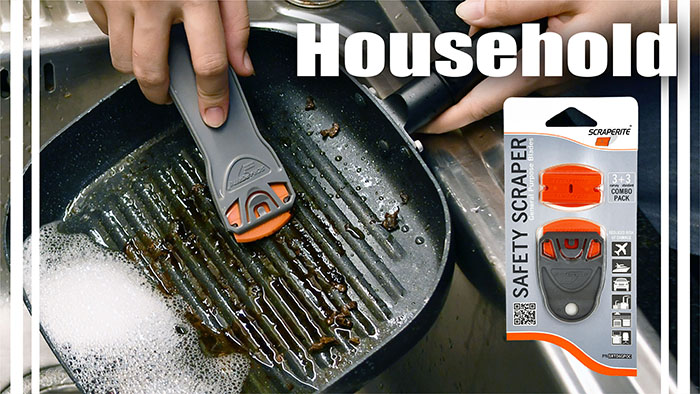

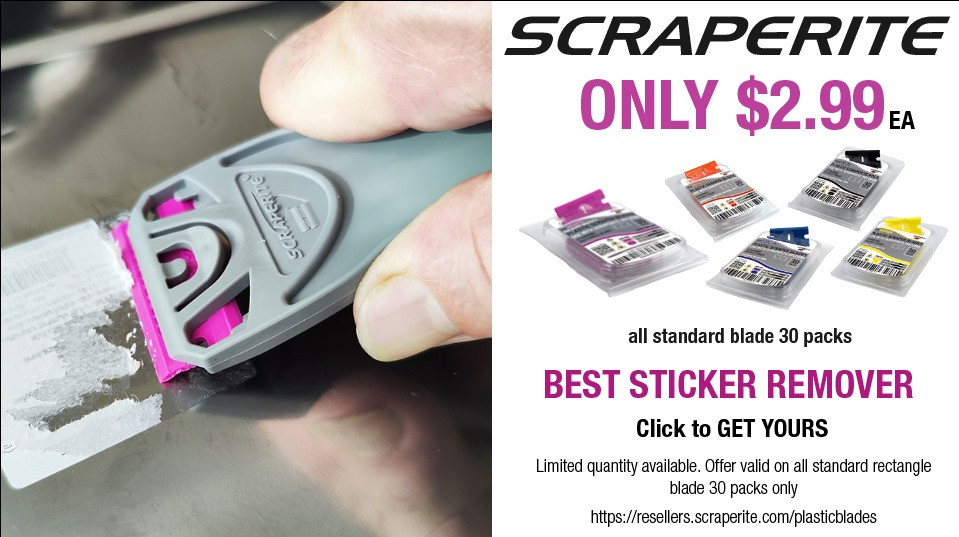



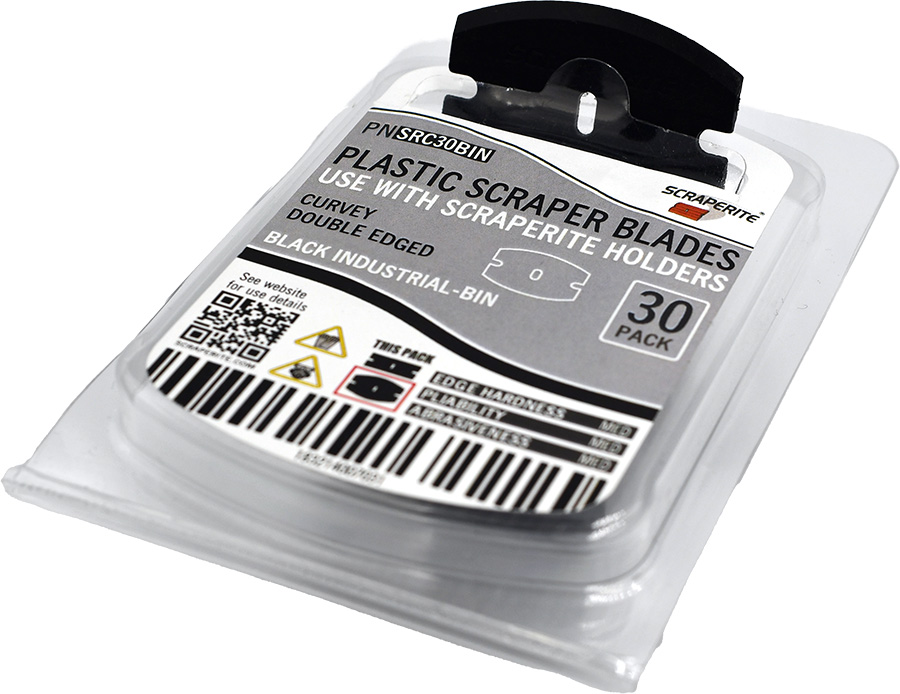
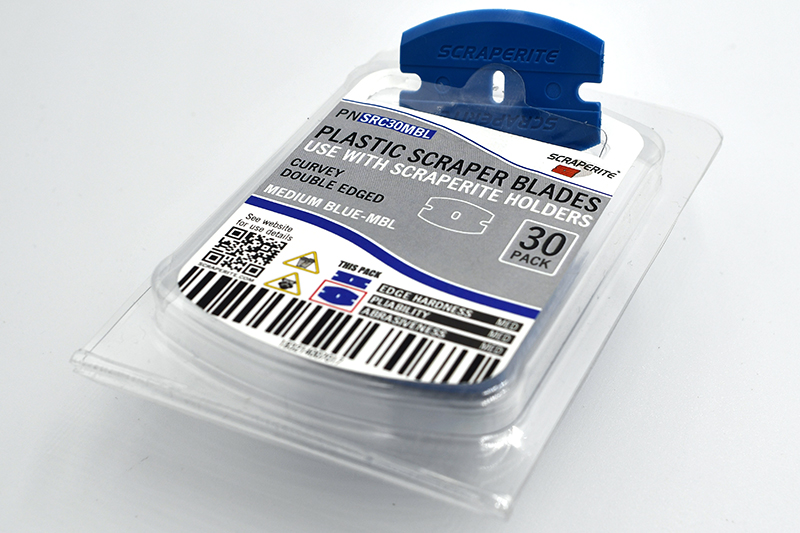









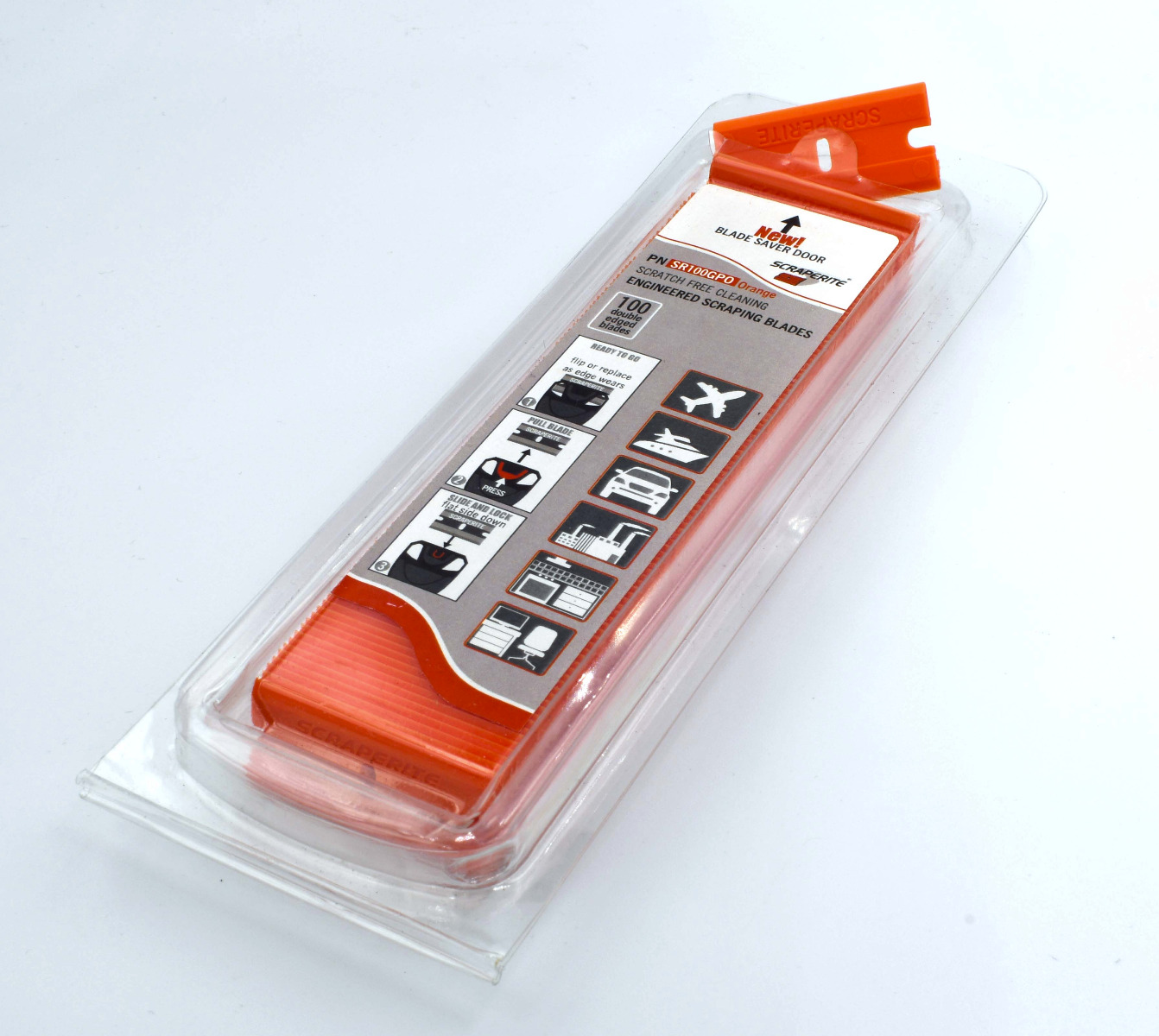
Comments